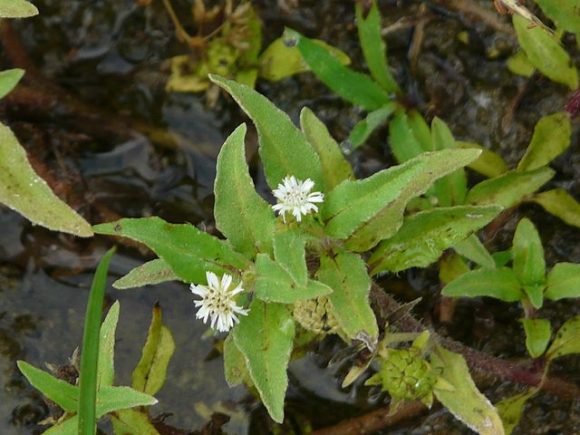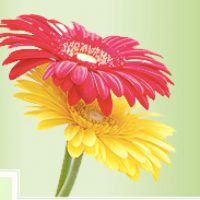All posts tagged false daisy
False Daisy for Skincare
Eclipta prostrate or eclipta alba, commonly known as false daisy or yerba de tago, is an annual, flowering plant belonging to the aster or sunflower family. The plant is known as a false daisy because its flowers resemble daisy blossoms. Continue reading [...]

